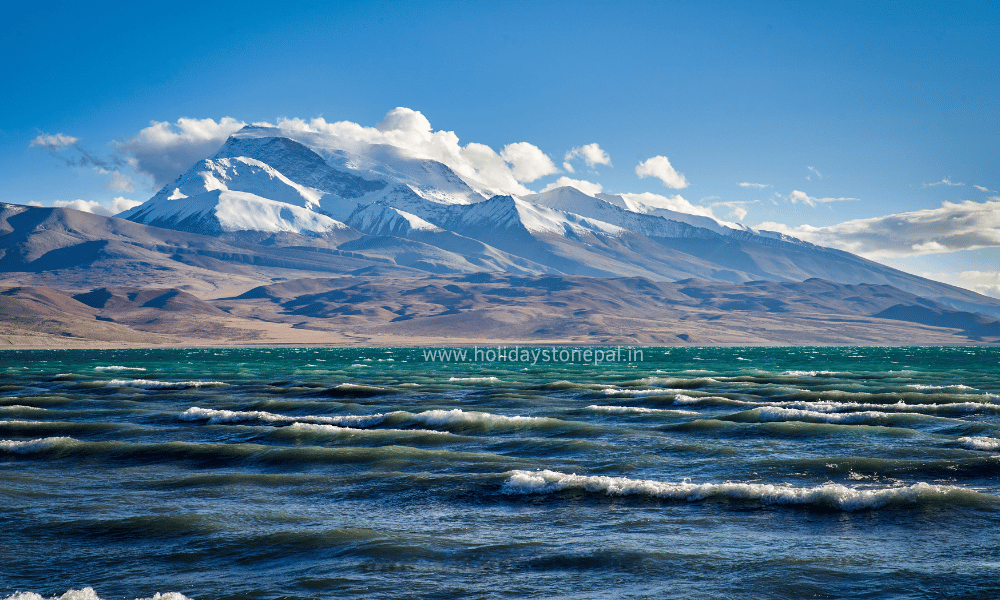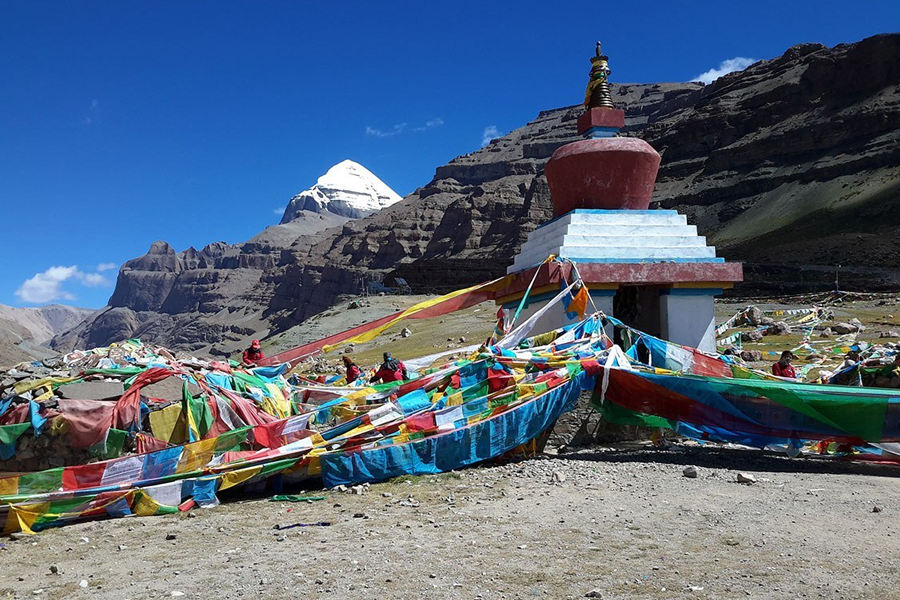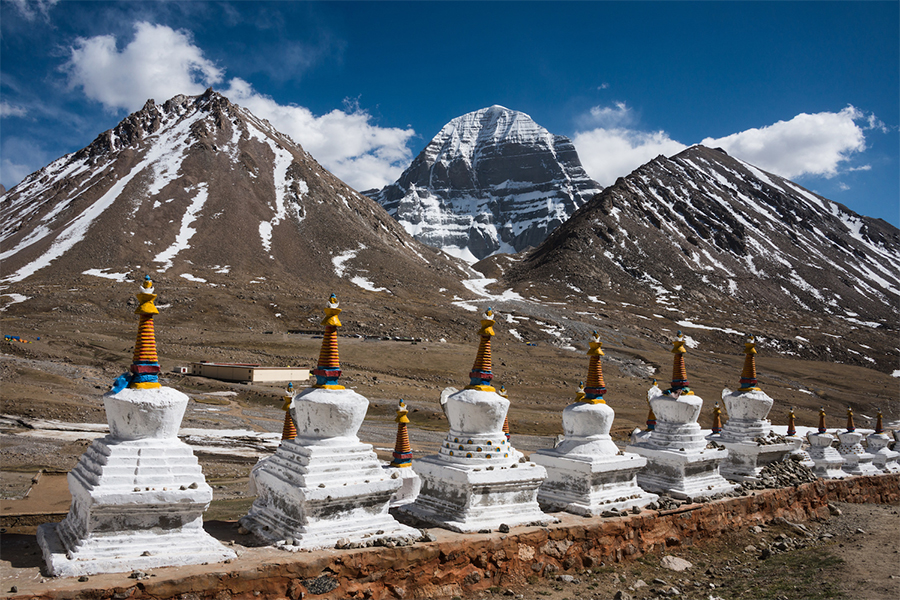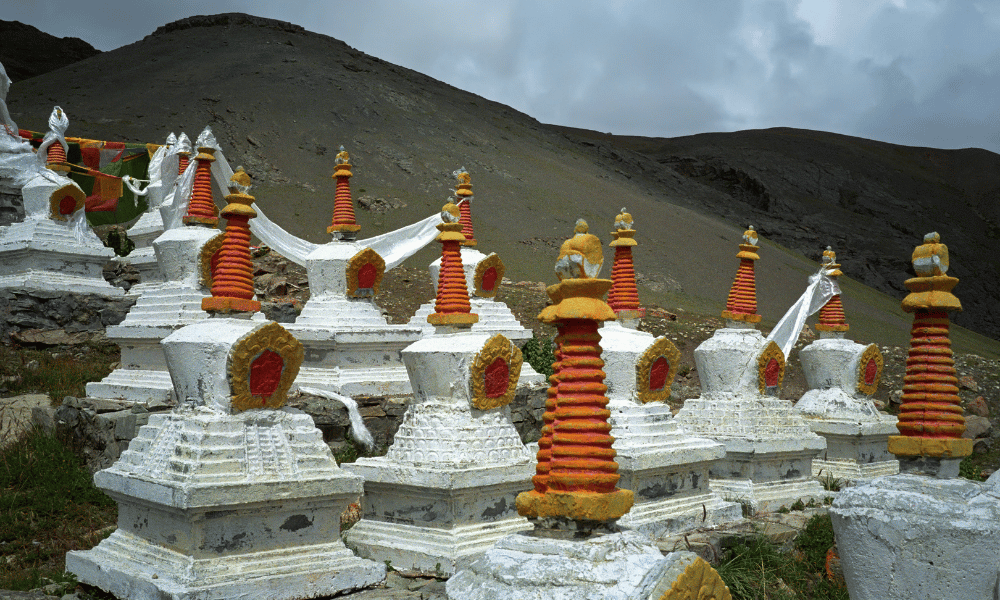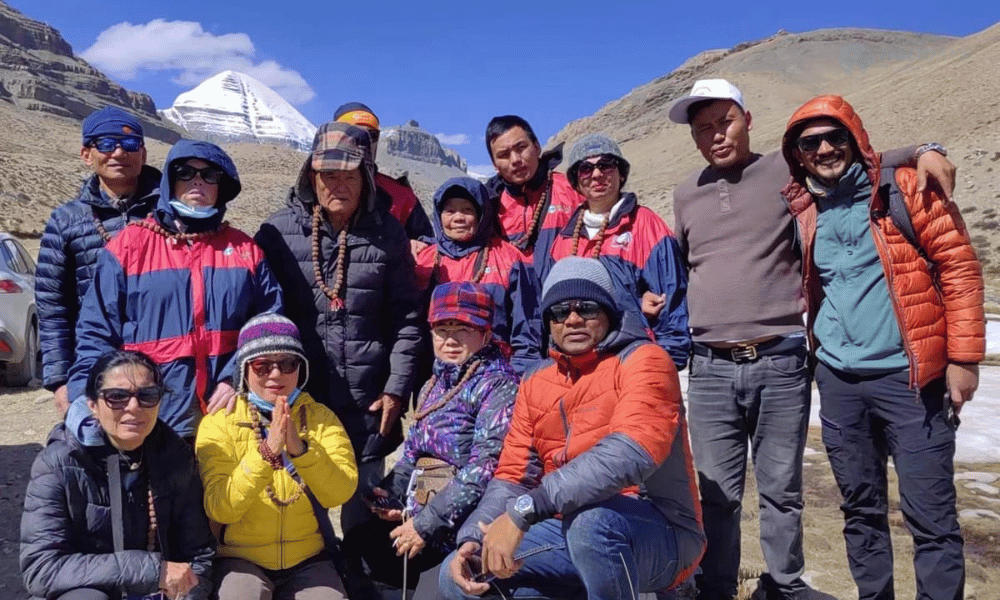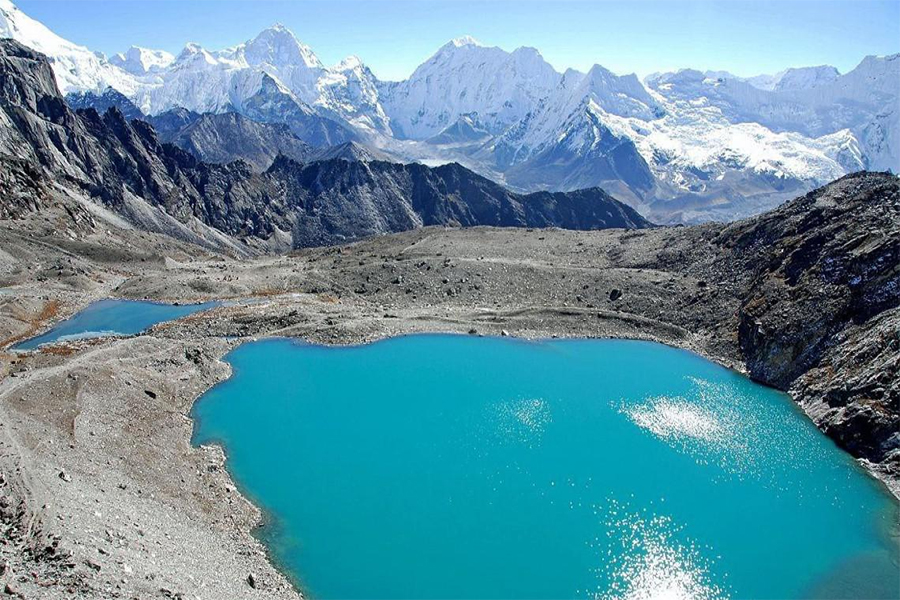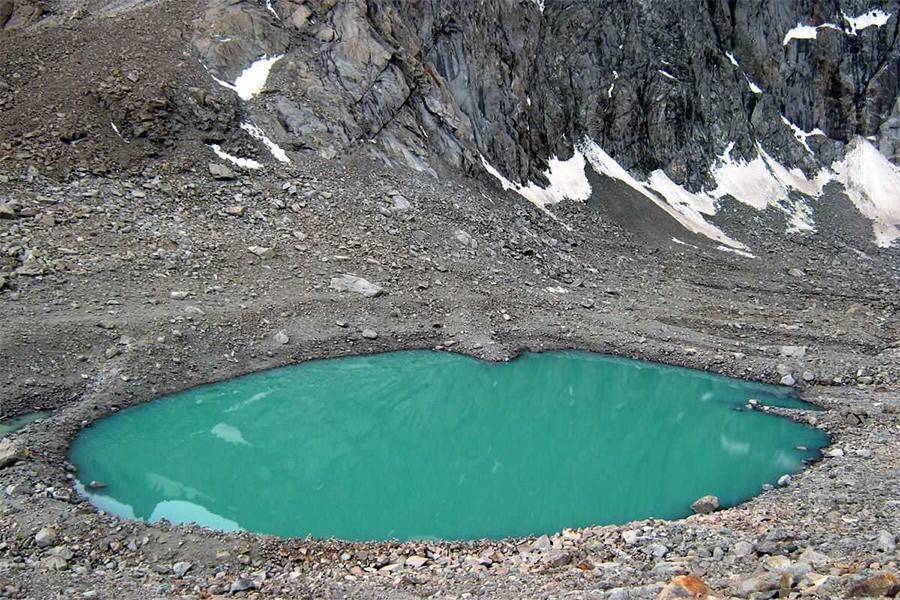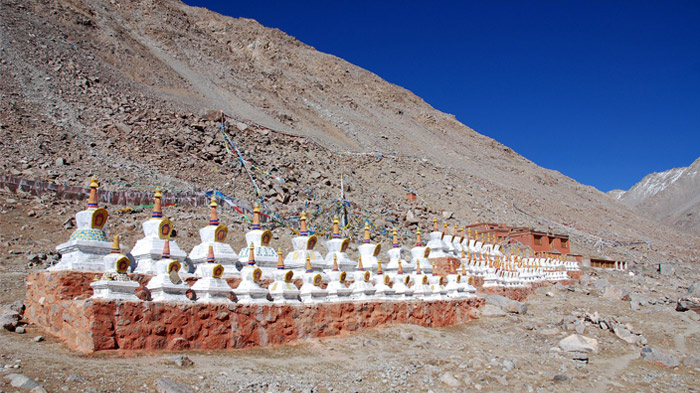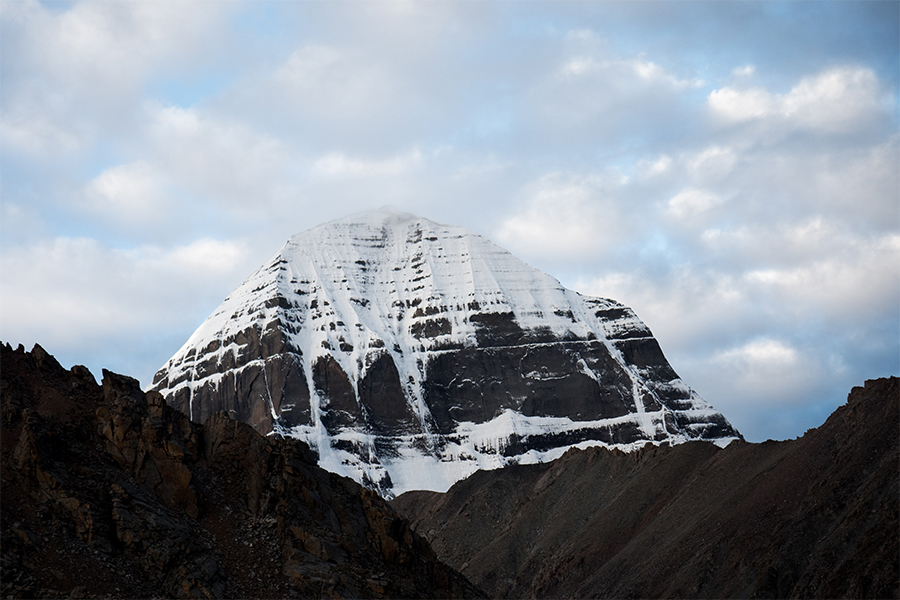Introduction
Mount Kailash is a majestic peak standing at 6,638 meters (21,778 feet) on the Tibetan Plateau and part of the Gangdise Mountains[9]. Known as a holy mountain in Tibet, it has drawn pilgrims, adventurers, and spiritual seekers for centuries. Revered not only for its dramatic physical presence but also for its profound spiritual significance, Mount Kailash unites multiple faiths including Hinduism, Buddhism, Jainism, and the Bon tradition[1][13]. This sacred landmark represents a cosmic center and a focal point for pilgrimage, inspiring both devotion and awe.
Geographical and Ecological Significance
Located in a remote corner of Tibet, Mount Kailash is surrounded by breathtaking landscapes that include pristine lakes and high mountain passes. It is near the sacred Lake Manasarovar and lies close to the sources of four major Asian rivers—the Indus, Sutlej, Brahmaputra, and Karnali—which underscores its importance as a life‐sustaining natural hub[9][16]. The region is characterized by diverse ecosystems; alpine meadows, rugged terrain, and unique flora and fauna are found at these high altitudes, affirming nature’s resilience in one of the world’s harshest environments[3][10].
Religious and Spiritual Importance
For devotees across religious boundaries, Mount Kailash is not merely a mountain but a living symbol of spirituality. In Hinduism, it is venerated as the residence of Lord Shiva, where he is believed to reside in eternal meditation with his consort, Parvati[13][18]. Tibetan Buddhists call it Kang Rinpoche (“Precious Snow Mountain”) and associate it with deities such as Demchok, while also linking it to revered yogis like Milarepa[4][11]. Jain tradition designates the mountain as Ashtapada, where the first Tirthankara attained liberation, and in the ancient Bon religion it is considered the center of the universe[4][18]. This collection of sacred associations makes Mount Kailash a universal symbol of divine presence and spiritual energy.
Pilgrimage and Rituals
A hallmark of Mount Kailash’s allure is its pilgrimage route, known as the Kora or circumambulation. Pilgrims walk a 52-kilometer circuit around the mountain—usually completed in three days—to purify their souls and garner spiritual merit[2][6]. Along this demanding route, devotees perform prostrations, chant prayers, and offer symbolic gifts at various sacred stops. The act of circumambulation is deeply embedded in tradition and is seen as a physical expression of inner devotion, linking the body’s journey to the deeper quest for enlightenment[6][11].
Cultural Traditions and Legends
Mount Kailash is steeped in folklore and cultural heritage. Local legends recount divine events such as Lord Shiva’s cosmic dance (Tandava) and his defeat of the demon king, narratives that have been passed down through millennia[4][18]. Tibetan festivals, such as the Saga Dawa, mark the rhythm of life around the mountain and bring pilgrims together in spirited celebration[5]. Numerous ancient monasteries and sacred sites dot the region, serving as centers of religious practice and custodians of Tibetan cultural traditions[8]. These cultural elements not only enhance the spiritual journey but also provide visitors with a deep insight into the heritage of the local people.
Practical Information for Pilgrims
Traveling to Mount Kailash demands careful preparation. The optimal period to visit typically spans from May to September when weather conditions are milder and accessibility is better[19][15]. Due to the high altitude, proper acclimatization is essential to avoid altitude sickness, and many travelers spend a few days in lower-altitude areas before beginning the Kora. Furthermore, obtaining necessary permits—such as the Tibet Travel Permit, Alien’s Travel Permit, and other local permissions—is mandatory and usually arranged through certified tour agencies[7][12]. Accommodations along the route are modest, ranging from basic teahouses to guesthouses, so packing suitable clothing and personal medications is advised. Respecting local customs, including asking permission before photographing pilgrims or sacred sites, is also an important aspect of the journey[5][17].
Conclusion
Mount Kailash stands as a timeless emblem of spiritual aspiration, natural purity, and cultural unity. Its towering presence, intertwined with legends and revered by multiple faiths, continues to inspire journeys of both the body and the soul[11][14]. Whether you are setting out to complete the arduous Kora or to simply absorb the profound serenity of the Tibetan Plateau, a pilgrimage to Mount Kailash promises a transformative experience. This sacred mountain not only reflects the grandeur of nature but also the depth of human devotion, inviting all who visit to connect with the divine in a truly enduring way.
Get more accurate answers with Super Pandi, upload files, personalized discovery feed, save searches and contribute to the PandiPedia.
Let's look at alternatives:
- Modify the query.
- Start a new thread.
- Remove sources (if manually added).
